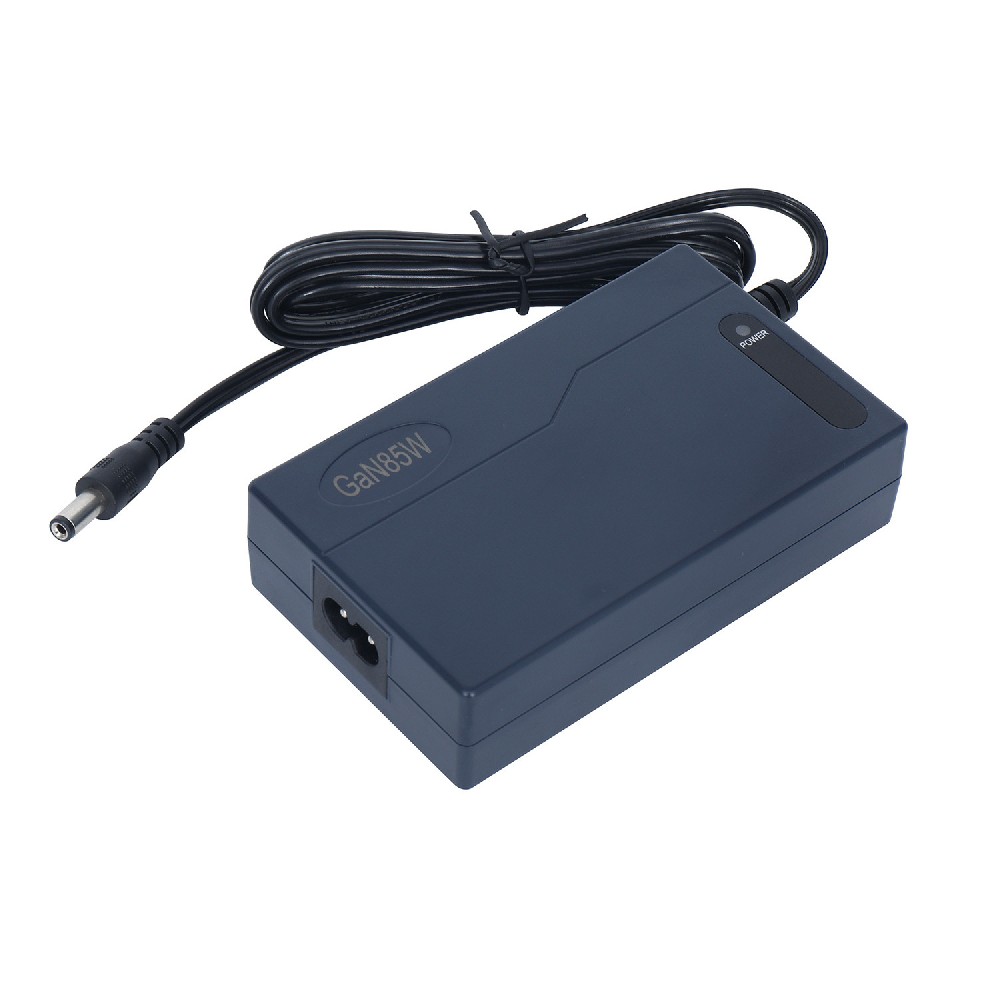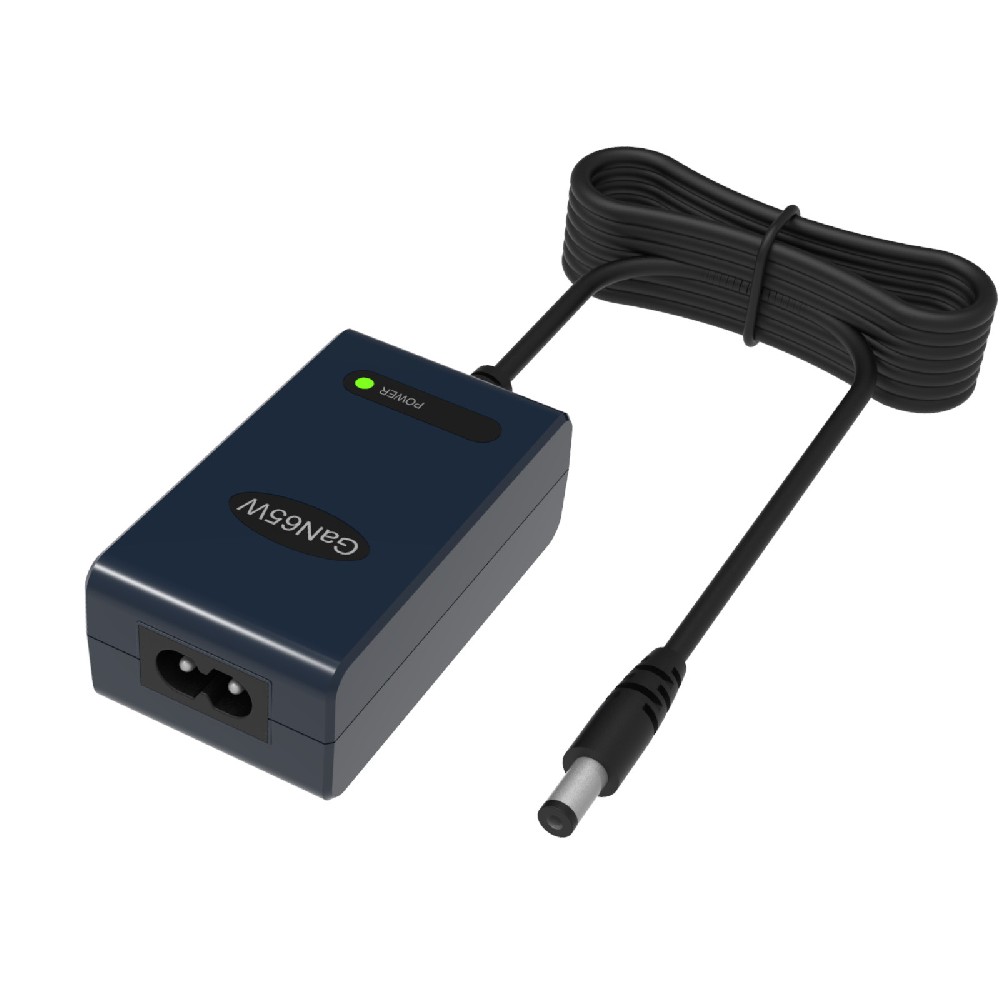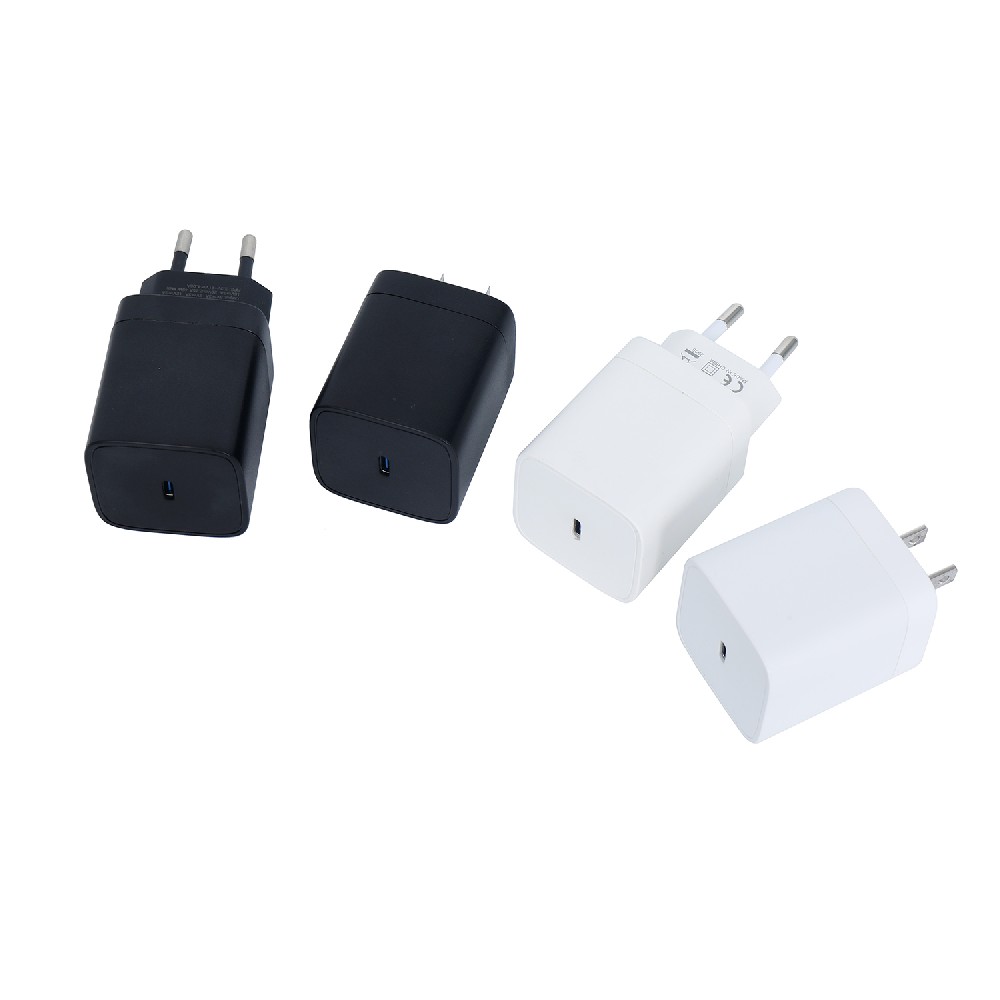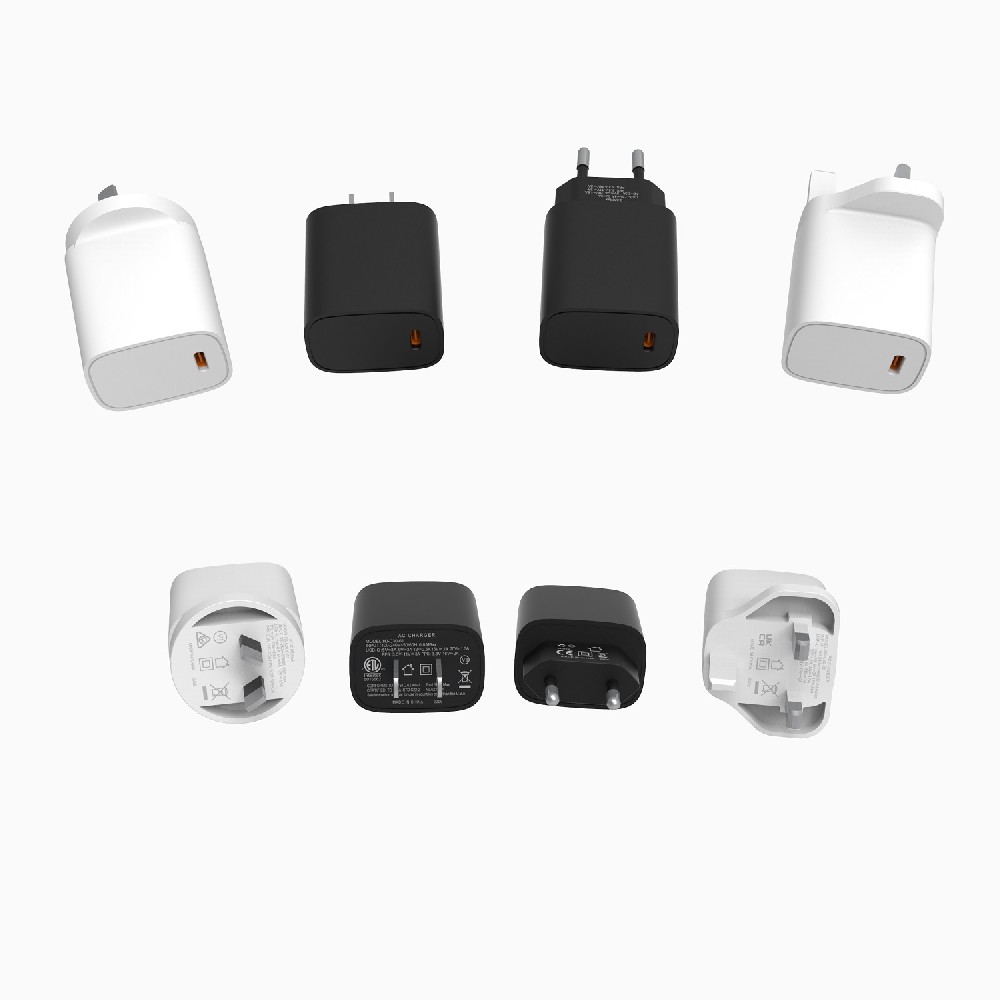Information Center
Unleashing the Secrets of Battery Charger Circuits: Types, Components, and Working Principles
Published:2023-07-22 00:33:35 Author:Green WCND Views:43Battery Charger Circuit
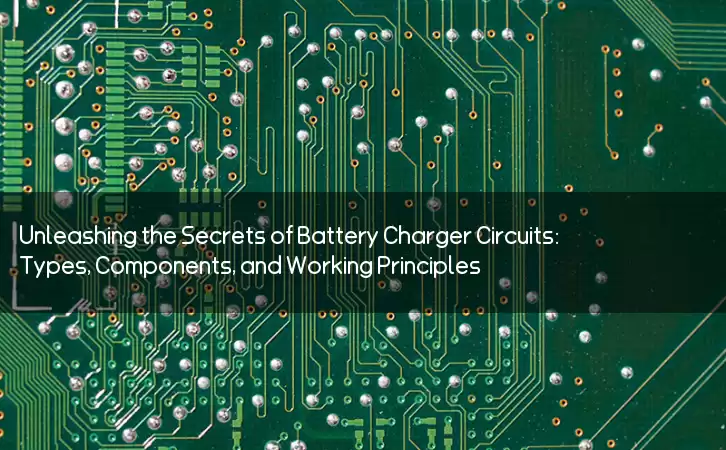
A battery charger circuit is an electronic device used for charging batteries. It is an essential tool for maintaining the life of batteries, and it is used widely in different applications such as mobile devices, cars, and electrical appliances. The purpose of this article is to provide an overview of battery charger circuits, including their types, components, and working principles.
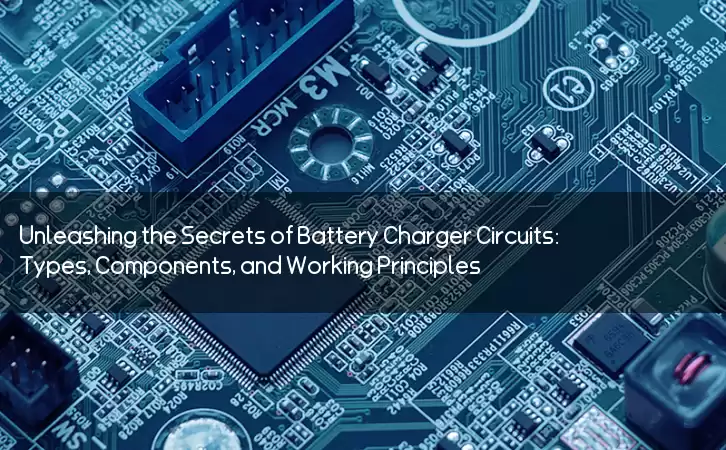
Types of Battery Charger Circuits
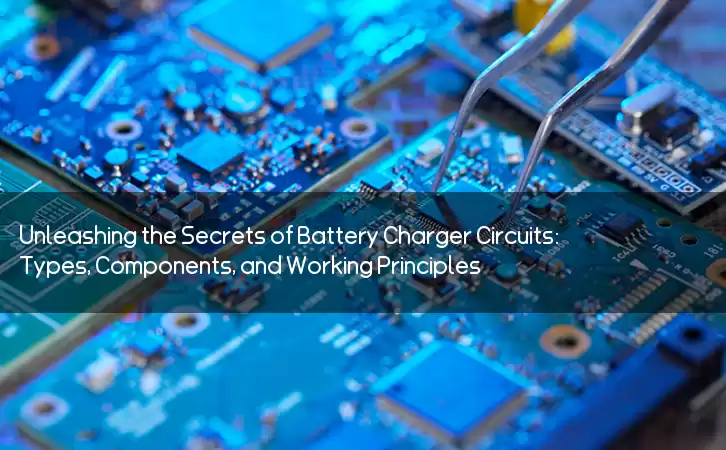
There are various types of battery charger circuits available in the market, designed to meet different needs. The most common types of battery charger circuits are:
1. Constant Voltage: A constant voltage battery charger circuit is designed to charge a battery with a constant voltage source. This type of charger circuit is suitable for charging lead-acid batteries.
2. Constant Current: A constant current battery charger circuit is designed to charge a battery with a constant current source. This type of charger circuit is suitable for charging lithium-ion batteries.
3. Trickle Charger: A trickle charger circuit is designed to charge a battery with a low current source. This type of charger circuit is suitable for maintaining the charge of a battery that is not used frequently.
Components of Battery Charger Circuits
The main components of a battery charger circuit include a transformer, diodes, capacitors, resistors, and transistors. These components work together to convert the AC voltage into DC voltage, regulate the voltage and current, and charge the battery.
Working Principles of Battery Charger Circuits
A battery charger circuit works on the principle of converting AC voltage into DC voltage and regulating the voltage and current to charge the battery. The AC voltage is passed through a transformer, which steps down the voltage to the required level. The rectifier circuit, made up of diodes, converts the AC voltage into DC voltage. The voltage regulator circuit, made up of capacitors and transistors, regulates the voltage to the desired level. The final stage is the charging circuit, which determines the current flowing to the battery and controls the charging process.
Conclusion
In conclusion, a battery charger circuit is a crucial tool for the maintenance of batteries. With the increasing use of batteries in different applications, different types of battery charger circuits have been designed to meet their specific needs. The components of a battery charger circuit work together to convert the AC voltage into DC voltage, regulate the voltage and current, and charge the battery. Understanding the types, components, and working principles of battery charger circuits can help users select the best circuit for their specific needs and ensure the longevity of their batteries.
Power Adapter Design and Customization Guide for Portable Electric KettlesI. Common Design Types for Portable Electric Kettle Power AdaptersPortable electric ke···
I. Common Design Types of Power Adapters External Independent Type (Most Common) Design: A standalone adapter (e.g., "black brick") connected to the p···
Handheld Vacuum Cleaner Power Adapter Selection GuideIntroductionHandheld vacuum cleaners have become a mainstream tool for household cleaning due to their port···
Drill Power Adapter Selection Guide.drill-container { font-family: Arial, sans-serif; line-height: 1.6; max-width: 800px; margin: 0 auto; padding: 20px; } .dril···
